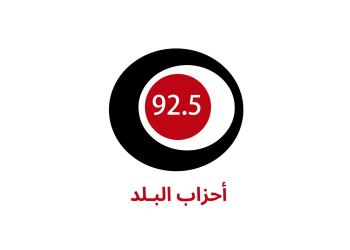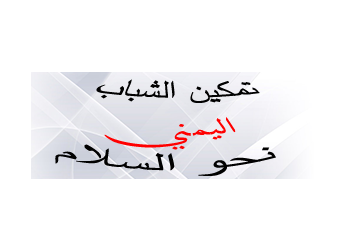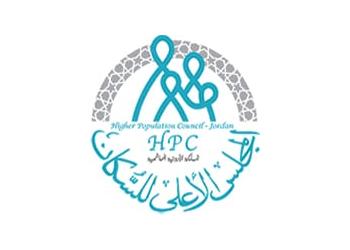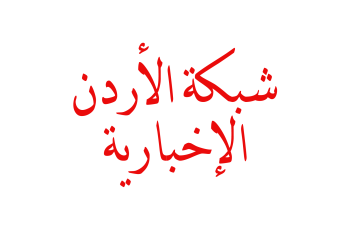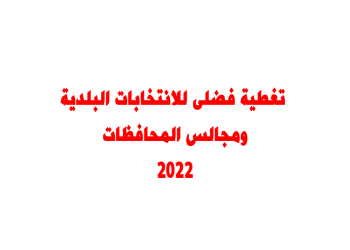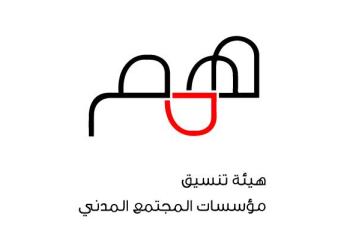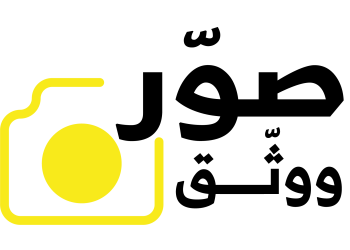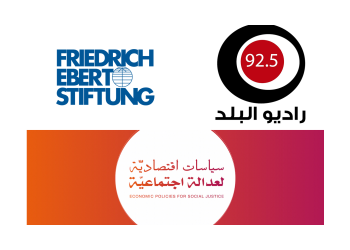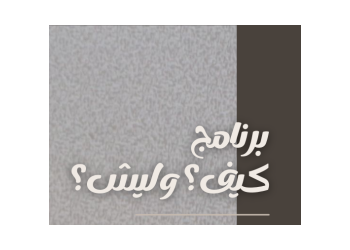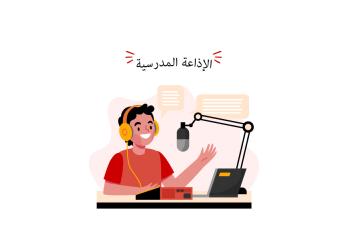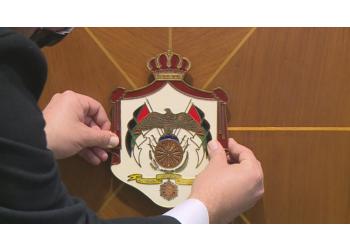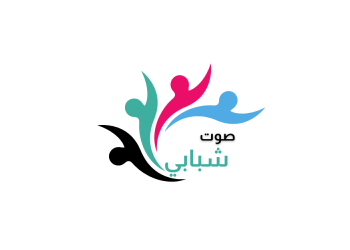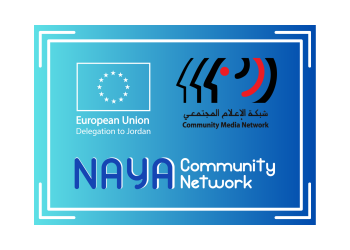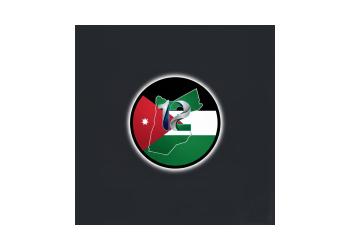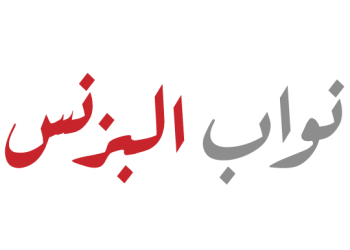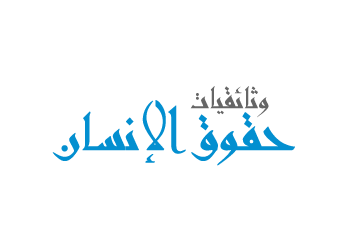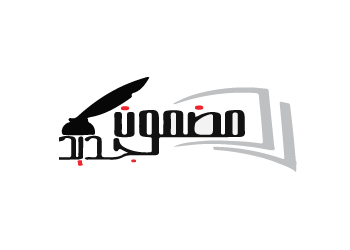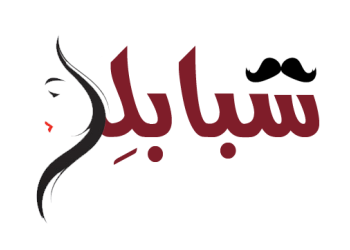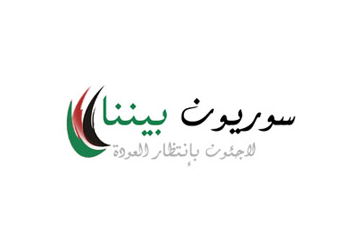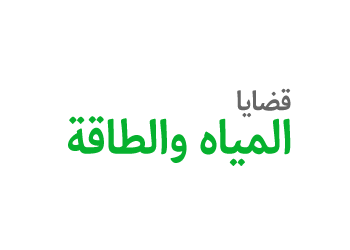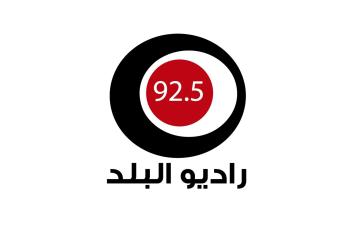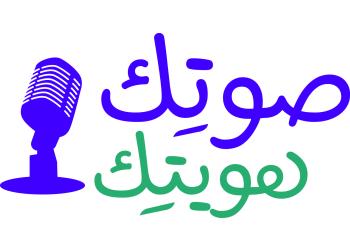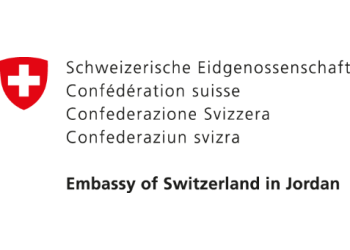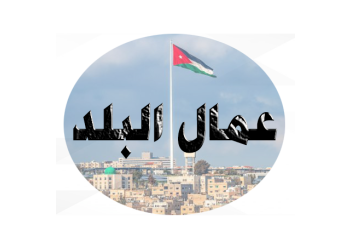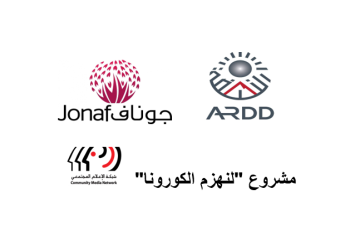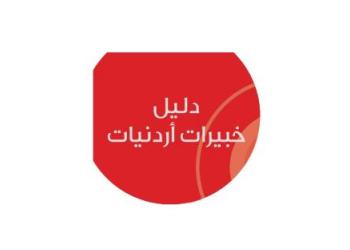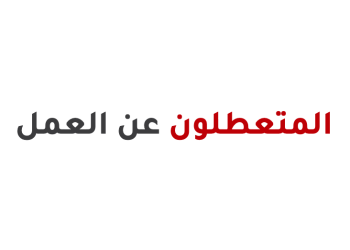Dana and copper mining

10/24/2022 - 11:04
الرابط المختصر
Photo 1:
- Dana is Jordan’s largest nature reserve, covering some 320 square kilometres. So far, a total of 800 plant species, 190 bird species, 37 mammal species and 36 reptile species have been recorded in the Reserve.
Photo 2:
- Dana is home to about a third of Jordan’s flora and three of the plants there have only ever been recorded in Dana and nowhere else in the world.
Photo 3:
- The Jordanian government plans to carve almost a third of the Dana Biosphere Reserve to allow mining for copper in the biodiverse area. For Jordanian conservationists, the decision to allow mining in the nature reserve poses a serious threat to the region’s unique biodiversity and sets a dangerous precedent elsewhere in Jordan.
Photo 4:
- A total of 215 species of birds were recorded in Dana which represent 50% of all the bird species in Jordan. “The fate of Jordan’s safe haven for birds remains unknown in the case of a copper mine adjacent to Dana Biosphere,” according to a statement by the Royal Society of Conservation of Nature (RSCN). The reserve also includes globally threatened species like the Sooty Falcon and Syrian Serin.
Photo 5:
- Nearly 450 animal species have been recorded in the Reserve, of which 25 are known to be endangered, including the Sand Cat, the Syrian Wolf, the Lesser Kestrel (a type of bird) and The Spiny Tailed Lizard.
Photo 6:
- Without special care, some of these animal species could disappear from Earth forever, which makes the Dana Biosphere Reserve a place of global importance.
The presence of intense human activity, machinery, explosions, and dust emissions will destroy the reserve’s natural habitats, which will force many species, rare and endangered, to flee, according to RSCN.
Photo 7:
- Dana Reserve is the sixth nature reserve where protection of animals is of extreme importance - including endangered ones such as the ibex - from the ravages of hunting. The reserve also hosts the mountain gazelle, fox, badger, porcupine, wolf, hyrax and the striped hyena.
Photo 8:
- The Dana Village area, overlooking the scenic Wadi Dana, has been occupied since about 4,000 BC. Archaeological evidence indicates that Paleolithic, Egyptian, Nabatean, and Roman civilizations have been drawn to the area by the fertile soil, water springs, and strategic location. Local communities and conversations have expressed alarm over the plan, warning of irreversible environmental destruction, water and air pollution and lost habitats for rare wildlife.
Photo 9:
- Sixteen handicraft workshops have been set up in the past decade and are currently operated and managed by RSCN. The workshops are located in and around different RSCN managed nature reserves.
Photo 10:
- These workshops help to conserve nature by providing new sources of income and employment for families in villages near to nature reserves to reduce their dependence on the reserves’ natural resources.
Photo 11:
- Over sixty local women have been part of the workshops where they are employed, helping to alleviate poverty in areas that offer few other employment opportunities. These thriving handicraft enterprises are making conservation important to the lives of local communities by providing alternatives to hunting, overgrazing and a number of other threats to wildlife habitats in Jordan.
Photo 12:
- These handmade products are sold at Wild Jordan’s nine Nature Shops, which are located at each nature reserve and at the Wild Jordan Center in Amman.
Photo 13:
- Feynan is home to some of humanity’s first communities and is one of the oldest and most important centers of sustained copper exploitation in the ancient world, and one of the best preserved due to the lack of modern mining.
Photo 14:
- Conservationists say the environmental impact assessment for extracting copper has not been published and cite the long term contamination from copper mines. Copper may also enter the environment through natural processes, such as volcanic eruptions, windblown dusts, decaying vegetation, and forest fires.
Photo 15:
- Copper released into the environment usually attaches to particles made of organic matter, clay, soil, or sand. Copper does not break down in the environment. Its compounds can break down and release free copper into the air, water, and foods.
Photo 16:
- RSCN says that mining, in the Dana Biosphere Reserve, poses a serious threat to “everything unique in the reserve”; its local community, trees, flora and fauna.
Photo 17:
- Mining operations can present varying degrees of hazard to the health and well being to people, animals and plants. The RSCN say the concentration of pollutants used in mining can leak into groundwater, thus damaging plants and water consumption. The smelting process can also create pollution. Smelting often produces large volumes of low concentration sulfur dioxide that is not worth further processing to remove the sulfur. It can cause damage to crops and trees.
Photo 18:
- The Ministry of Energy and Mineral Resources is adamant to move forward with copper mining, claiming there is an estimated 45 million tonnes of copper deposits in the reserve, a figure both the public and experts have questioned. There have been complaints of lack of transparency as well. Conservationists say the environmental impact assessment for extracting copper has not been published and cite the long term contamination from copper mines.
Photo 19:
- Mining-related threats, such as equipment and dust emission, affect the mountain goat’s existence in the southern region. Today, the mountain goat also faces mining, a difficult challenge that makes it near-impossible to survive.
Photo 20:
- The New York Times has listed Dana as part of its list of “Places to Go” and TIME Magazine listed Dana Biosphere Reserve as one of the ‘World’s greatest places’. The reserve is under consideration for UNESCO World Heritage site status, a position that experts worry will be threatened by the mining project.
How to Help:
https://www.rscn.org.jo/how-help
This content was created by Wishbox Media company and was produced within the framework of @Qarib program, a regional program implemented by CFIMEDIAS and funded by @AFD.

